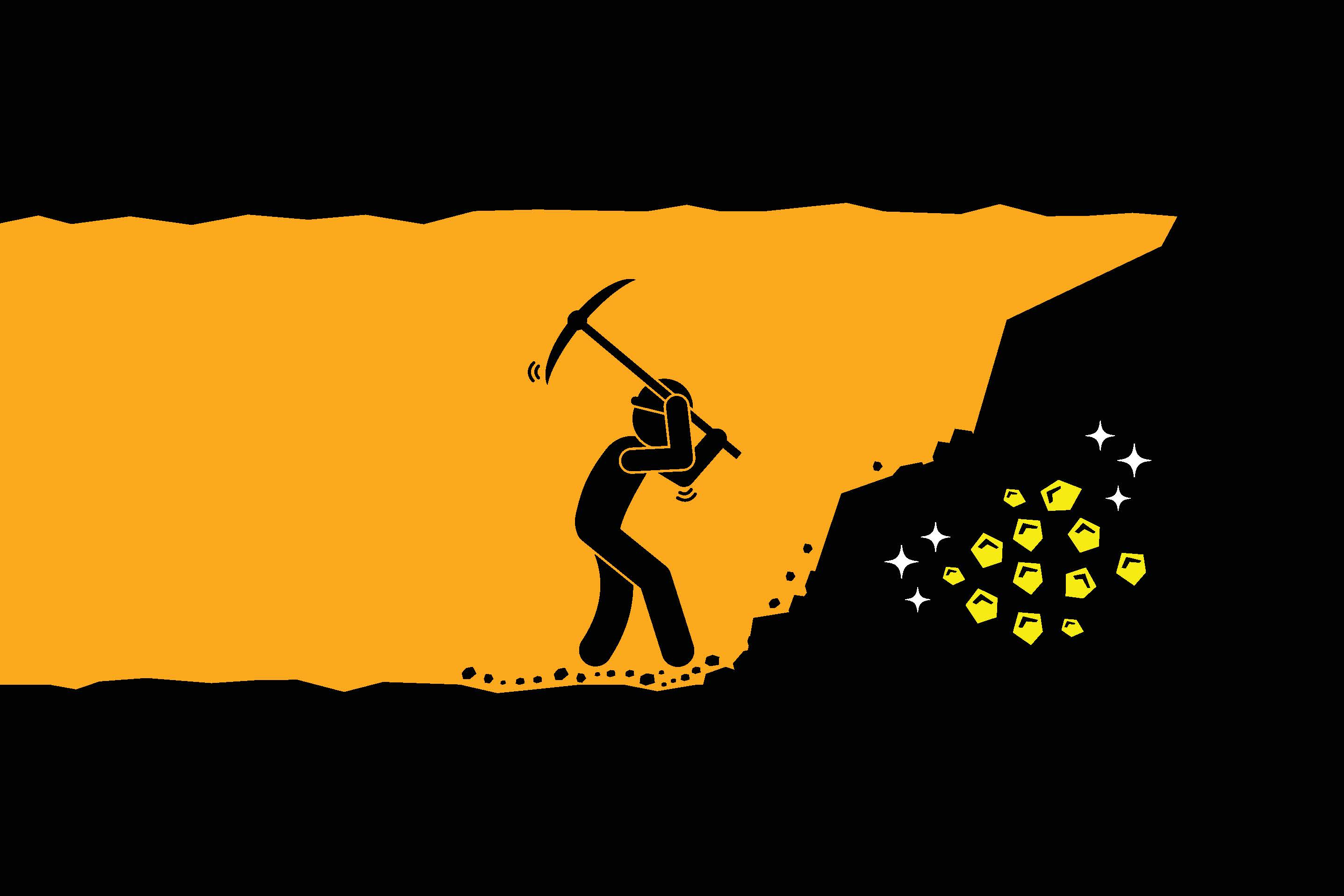The very first project management job I ever had was likely the same one you had: the childhood chore of keeping the bedroom clean. When I was younger, I’d often rearrange my bedroom, trying to find the most aesthetically pleasing and efficient method for keeping myself orderly. The habit of taking things apart and putting them together again eventually led me to my current role as COO for a major metropolitan construction company. It turns out that leading a project is in many ways like reorganizing my room when I was a child.

While training Talisen’s project teams, I developed a project management method called “Digging In”. Digging In allows for each manager’s own unique style while emphasizing certain best practices to make the most of each project. You can use the Digging In method to increase productivity, and accomplish goals through successful project management:
1. Think First, Act Second
There’s more than one way to address any project. Finding novel solutions to a functional problem is often a matter of dedication, trial and error, and creativity. I’d often visualize the best way to arrange my bed, dresser, and nightstand before executing the remodel, running through different options several times before picking the best one to act on.
Once your ideal parameters have been achieved, you want to stay vigilant. Pay attention to things that are out of the norm when approaching your everyday tasks. Attention to detail is key and can help to give you an advantage on something many might normally miss. When you provide your client with a missing piece of information that could potentially save them time, money, and stress they will always be thankful and remember you forever.
2. Find Your Edge & Dig I n
n
Finding an edge is about increasing your knowledge holistically at every opportunity. Do not rely upon routine. Always look for opportunities to do the job better.
Back to my childhood bedroom: I quickly found that the best results came by removing everything from the room, sorting through what I had, discarding the things that didn’t need to be in my room, and putting it all back together again. I called this part of the process: “Digging In.”
This “Digging In” is a vital step. Having a formalized process of identifying what is and isn’t relevant to your project streamlines all subsequent decision making. Know what you’re dealing with first, then devise the best method of attacking the project. Become a sponge to soak up information pertinent to your task, ask knowledgeable people questions, and identify opportunities to become more efficient. Understanding the whole scope of a situation is invaluable for figuring out how to add value.
3. Break It Down
Ben Franklin is famous for saying “Don’t put off until tomorrow what you can do today”. The leading cause of procrastination stems from feeling overwhelmed: whether your room is a huge mess or the project appears to have too many moving parts, becoming stressed out by the scope of your task doesn’t help you.
Staying organized is priority number one. Who said you had to clean the entire room at once? Break the total job down into smaller pieces: a section of the room, a portion of the project. Putting together a to-do list and checking off each item to the best of your ability makes forward progress possible. This level of organization will allow the opportunity to multitask, put together a contingency plan, and deal with any unforeseen issues that may arise during the course of the project.
 4. Remain Accountable
4. Remain Accountable
Every project has at least one major problem. My original vision for my room wasn’t always practical. I had to readjust my ideas over and over until I found the right fit. Failing is part of succeeding. Persistence and flexibility are two of the three necessary elements needed to recover from a setback. The third is accountability
Accountability is key to the “digging in” process. If an issue occurs in the collaboration process it is key to identify the problem and figure out how to move forward. Finding a solution is about collaboration. Everyone makes mistakes, and sometimes you may be the party in the wrong. Knowing when to ask for help is the best method for correcting course. Taking responsibility for your actions makes you a more trustworthy team member.
Being accountable makes addressing situations where another party has made a mistake easier. A willingness to serve as a resource or support as others face challenges can help keep the project on track. Once the build is completed – or the room is clean – then you’re free to have conversations about how things can work better next time.

About Talisen Construction
Talisen Construction Corp. was founded in 2009, with a well-defined mission set on providing next-level construction services in both construction management and general contracting. Since that time, we have grown into a premier construction firm in the New York Metro market through innovative processes, a dedication to customer service, as well as exceptional communication and ethics.
With ever-expanding career opportunities, we are one of the fastest growing construction companies in the New York Metro area. We’re hiring! Find out more about our career opportunities here.
About the Author: Robert Knox
Robert Knox knows New York City construction. More importantly, he knows how to bring ideas to life. Over 35 years of experience has proven his exceptional ability in all aspects of the construction industry. Leveraging that experience with his meticulousness and care has produced some of the most unique finished products this great city has known.
Renowned for his attention to detail and project management approach, Robert ensures that every build meets and surpasses client expectations, and he shares this principal with his team. As evidenced by a long history of repeat clientele, Robert prides himself on being an operations leader, staying close to our clients, and being approachable at any time.

